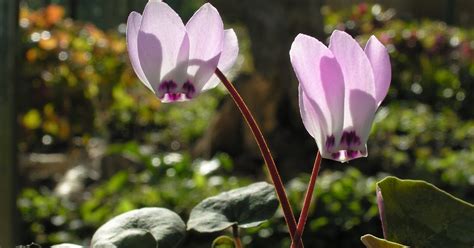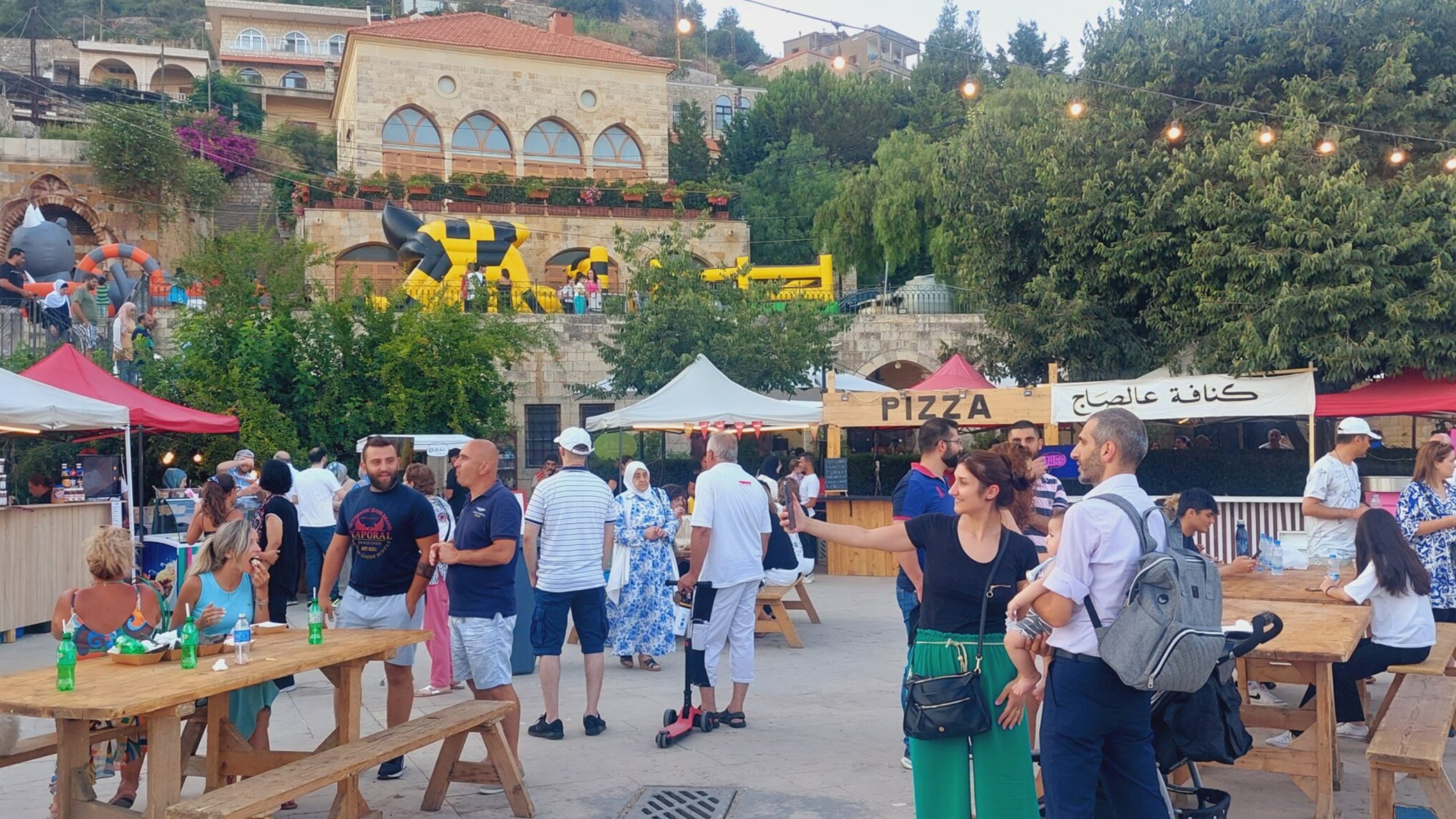Japanese Zen Music ‘World Music Wednesdays’ .session #5. @ The Back Door
The Back Door would like to invite you to follow us on a journey that tracks the spirit of Japan through the soundtracks that accompanied meditations and prayers since the dawn of this graceful nation. Today, we will experience the Shakuhachi, an instrument shaped in Japan and deeply rooted in Japanese Zen Culture of Harmony, Solidarity and Peace.
The Shakuhachi is an end-blown flute made of a specific type of bamboo called Madake. It is from Nature, organic, and ideal for the Shakuhachi flute. Its external shape, except for some minor changes, is preserved. These changes include a four-step process over a period of 10 to 15 years from harvesting till completion. It is a perfect representation of Nature’s powerful complexity and simplicity.
Paradoxical, in comparing with its physical shape to the sound vibrations it emits, the Shakuhachi, when placed in the hands of an experienced player, is capable of producing the most complex, expressive and onomatopoeic sounds a person can hear. These sound-vibrations penetrate our very essence and provide players with healing through respiration and gentle friction.
One of the major genres of Traditional Japanese Music played on the Shakuhachi today is known as “Honkyoku”, or “Original Music Compositions of the Shakuhachi”.
Honkyoku was composed and passed down through generations of Zen Buddhist Monks known as Komuso, belonging to the Fuke sect of Zen Buddhism. Their purpose was to attain enlightenment, a state of complete harmony, solidarity and peace, through each piece they played. Instead of the seated meditation, the Komuso would perform their respiration meditation through the Shakuhachi and the Honkyoku pieces. This meditation process is known as Suizen, or “Blowing-Zen”. Each piece depicted a different aspect of life, giving the Komuso a variety of meditations that took a lifetime to master.
Kyle comes to you from that ancient tradition, bringing you the Honkyoku of the Komuso.





